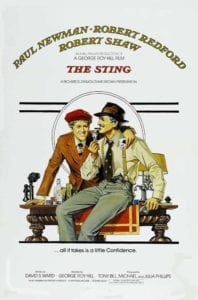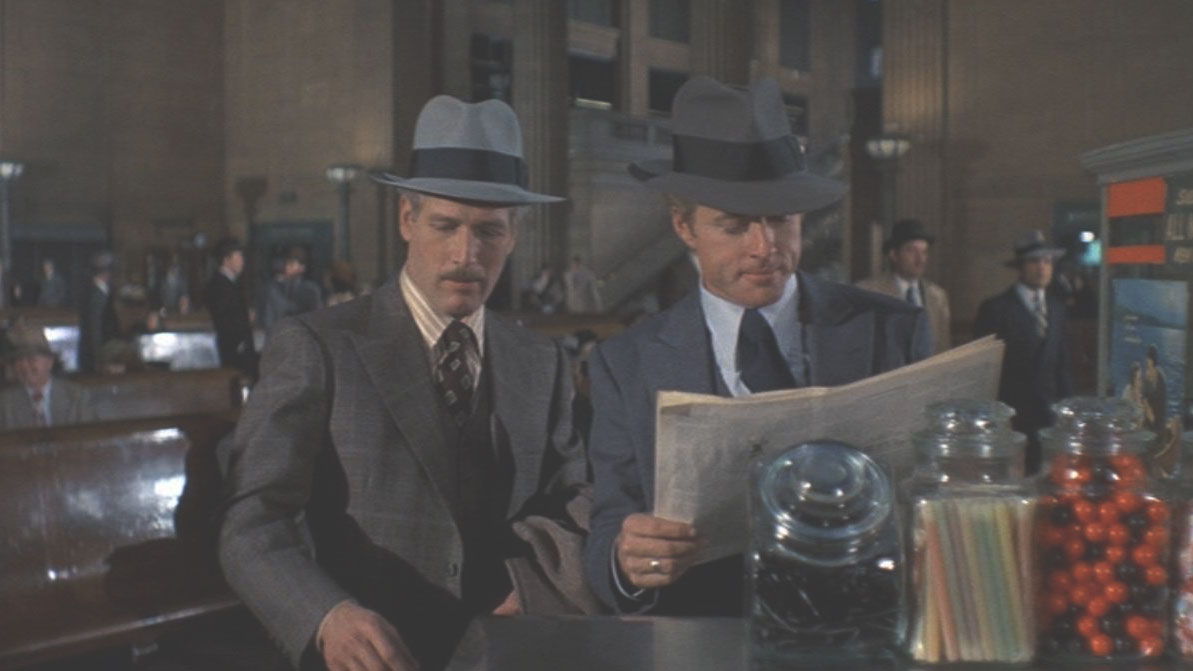Symbolism and Hidden Meanings in George Roy Hill’s The Sting (1973)
Doyle Lonnegan
 In George Roy Hill’s The Sting, Lonnegan represents the Big Bad villain as mobster. He symbolizes that even among criminals, there is a hierarchy of villainy. Lonnegan represents the slimy, no-holds-barred criminal that will do anything for power or a buck. The grifter crew represents the opposite of this on different levels.
In George Roy Hill’s The Sting, Lonnegan represents the Big Bad villain as mobster. He symbolizes that even among criminals, there is a hierarchy of villainy. Lonnegan represents the slimy, no-holds-barred criminal that will do anything for power or a buck. The grifter crew represents the opposite of this on different levels.
Johnny Hooker
Redford’s character represents the folly of youth that believes there is always something better around the next corner. Newman represents what waits for him around the corner 20 years into his future, if he lives to that age.
Luther Coleman
One hidden meaning with Luther’s character being black in post-Depression-era is Hooker’s willingness to be an equal partner, actually less so since he is learning from Luther. There is zero race conversation between these young and evolving characters and Luther’s family, which has more a representation of the time’s changing than the antiquated criminal elements that call Luther derogatory phrases.
Loretta Salino
The female hitman symbolizes danger hidden behind a friendly face. Even when Hooker thinks he is safe in the arms of an unassuming waitress, he is saved by a guardian angel only at the last second when he trusted the wrong person due to his naive belief nobody could hurt him.
